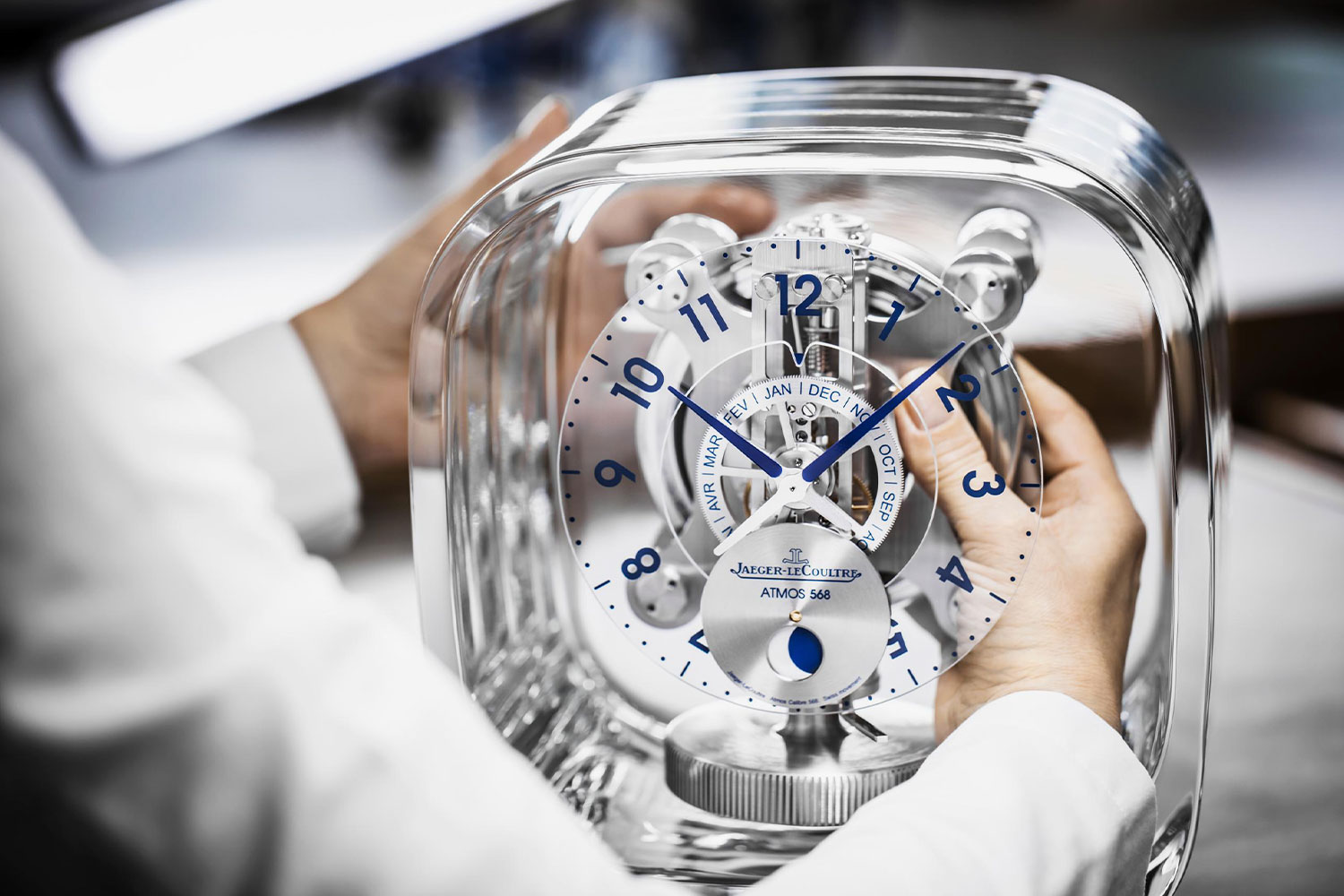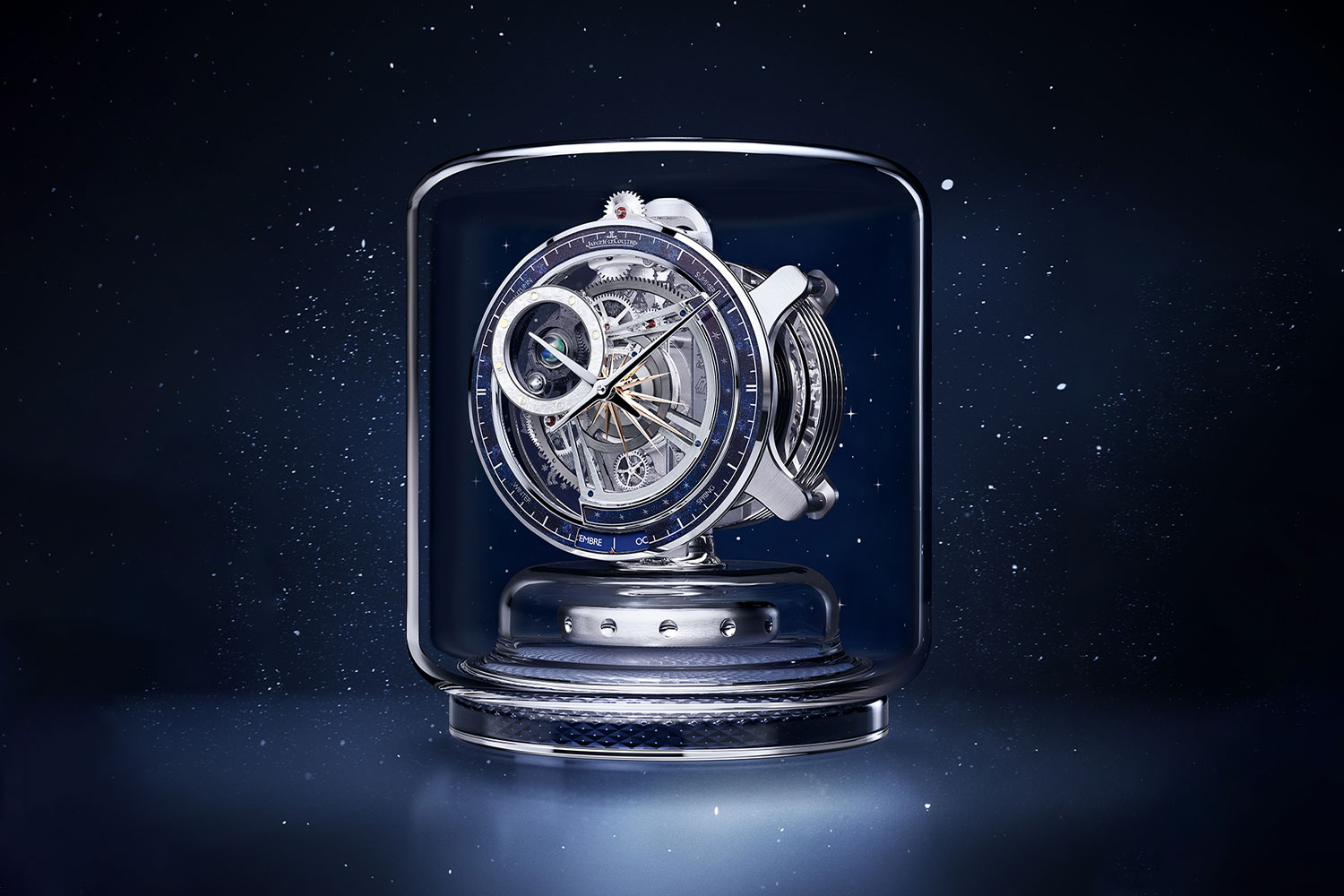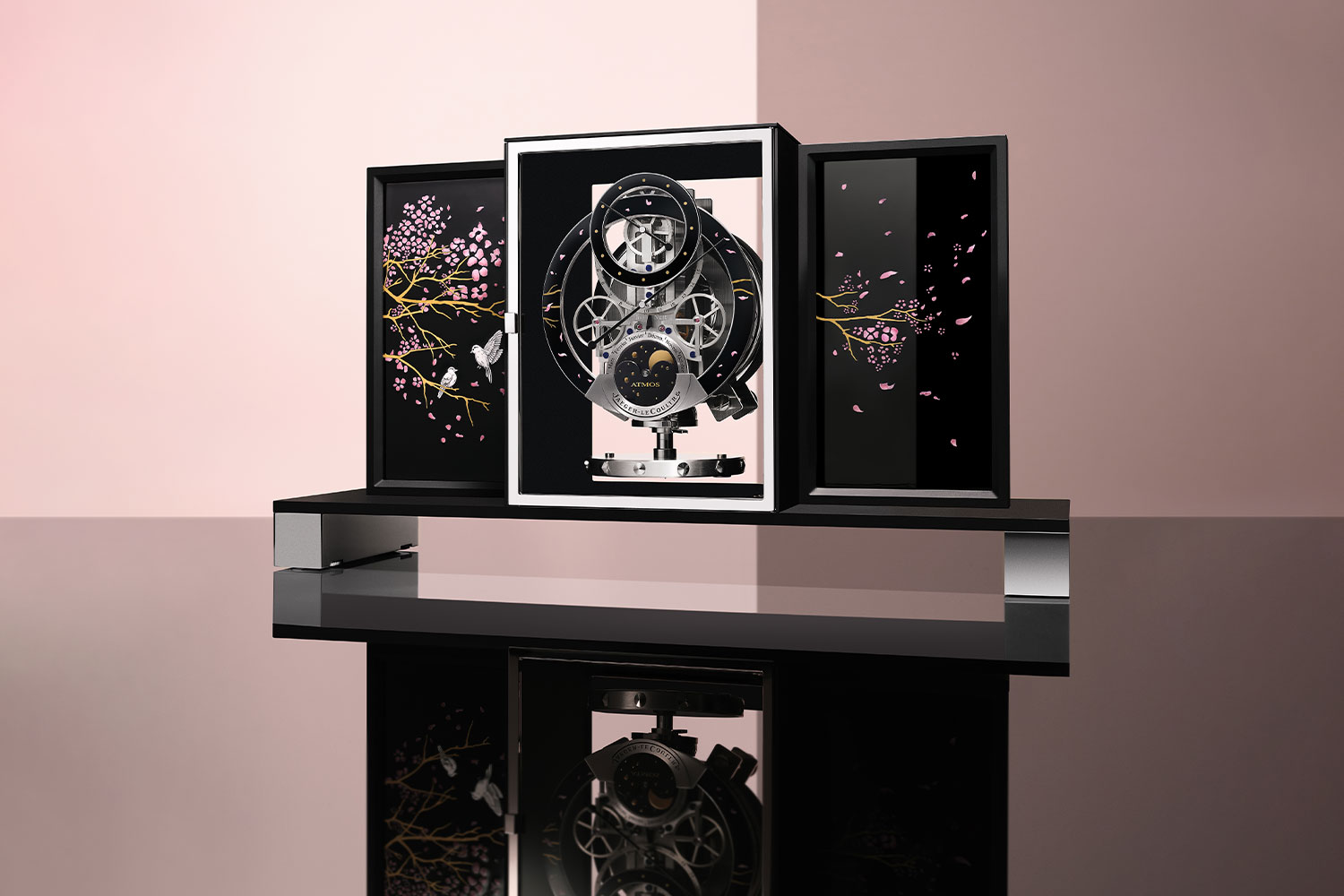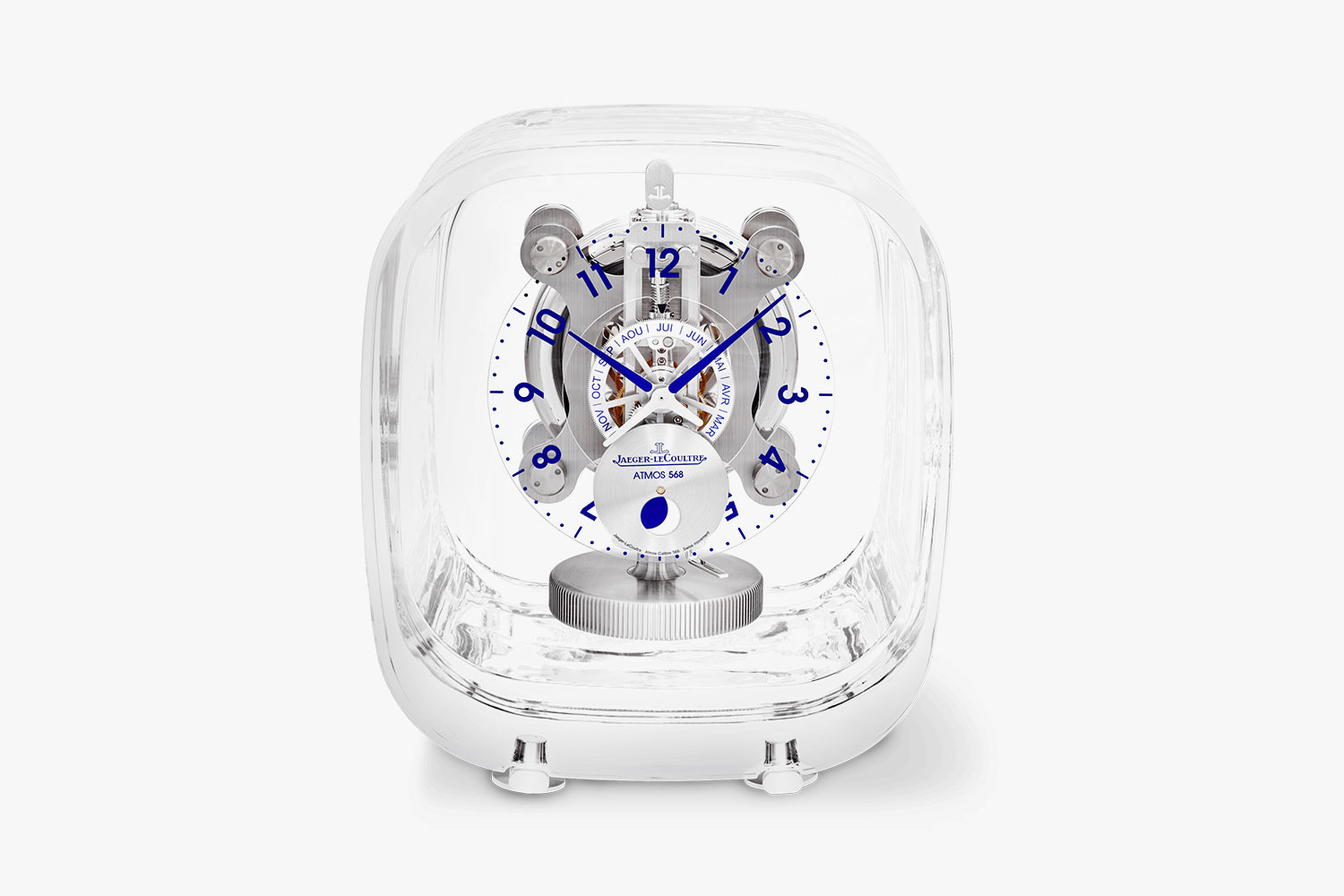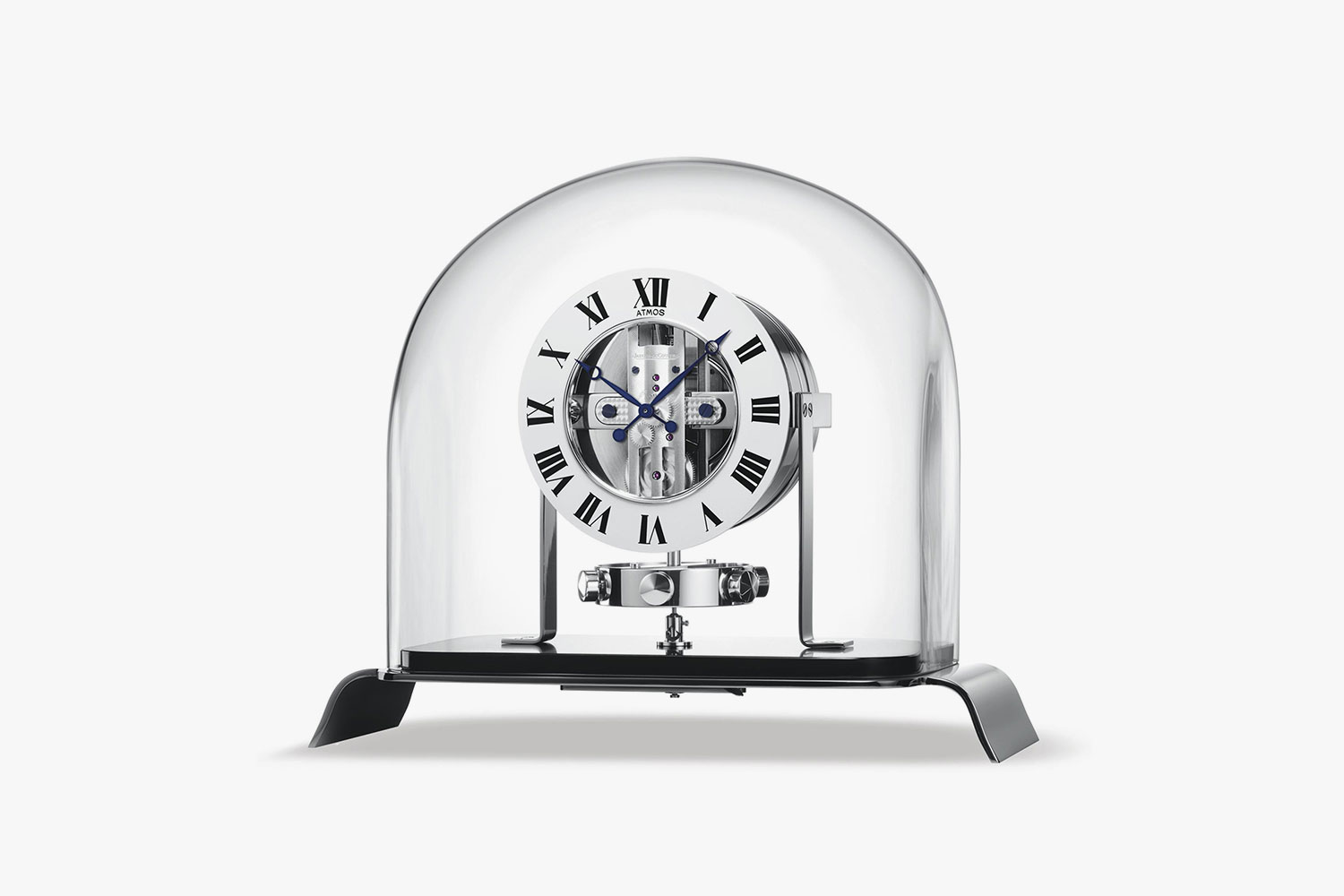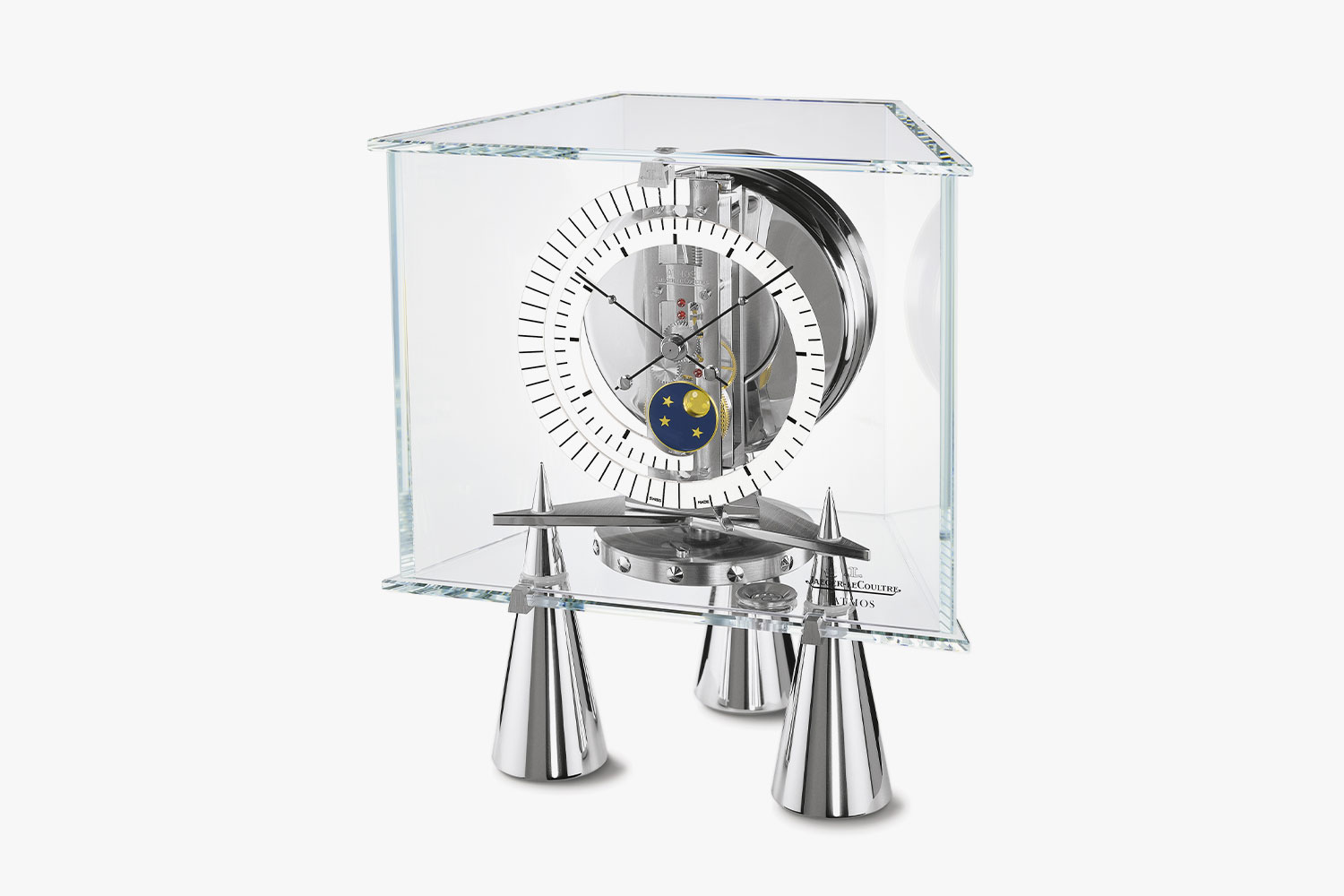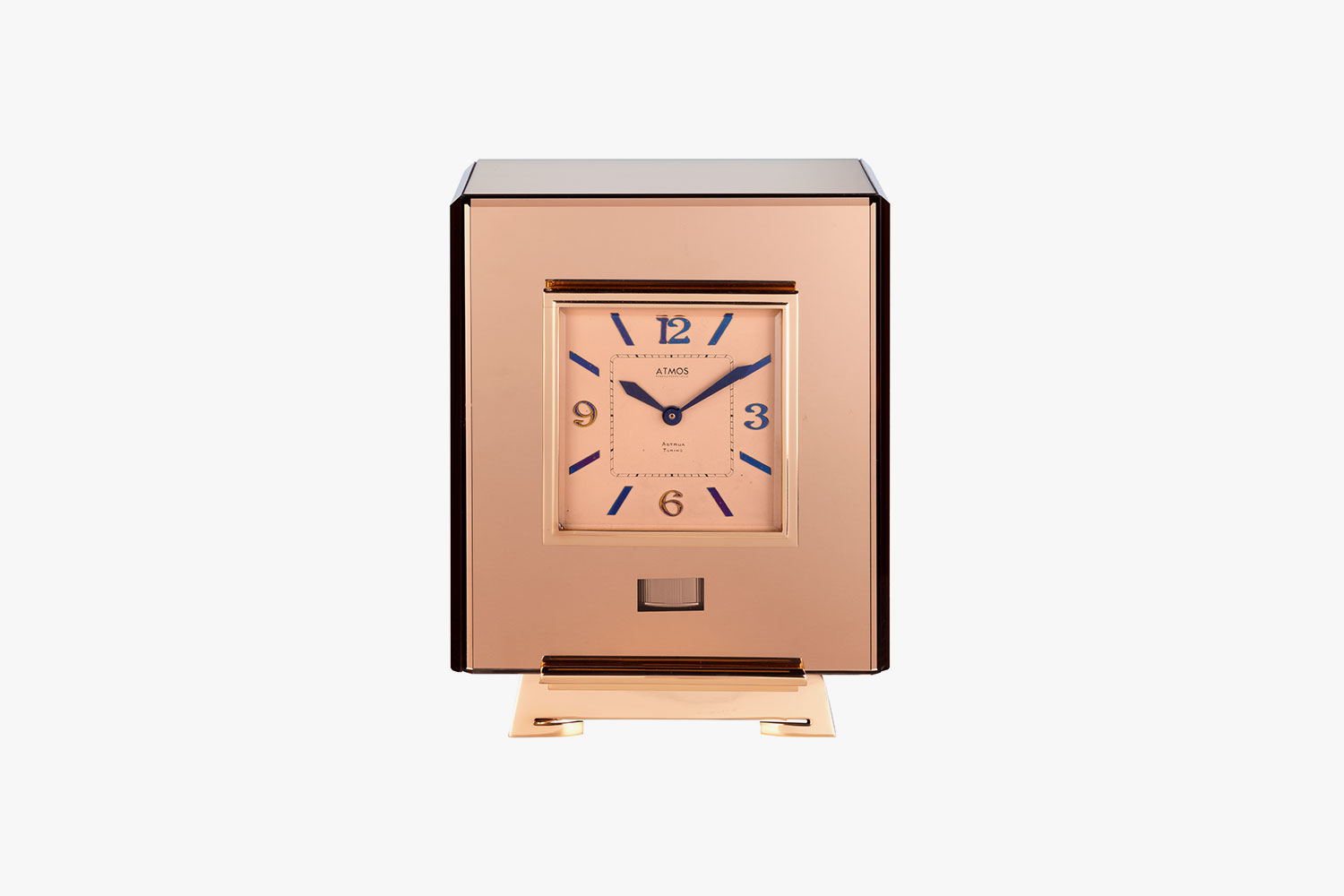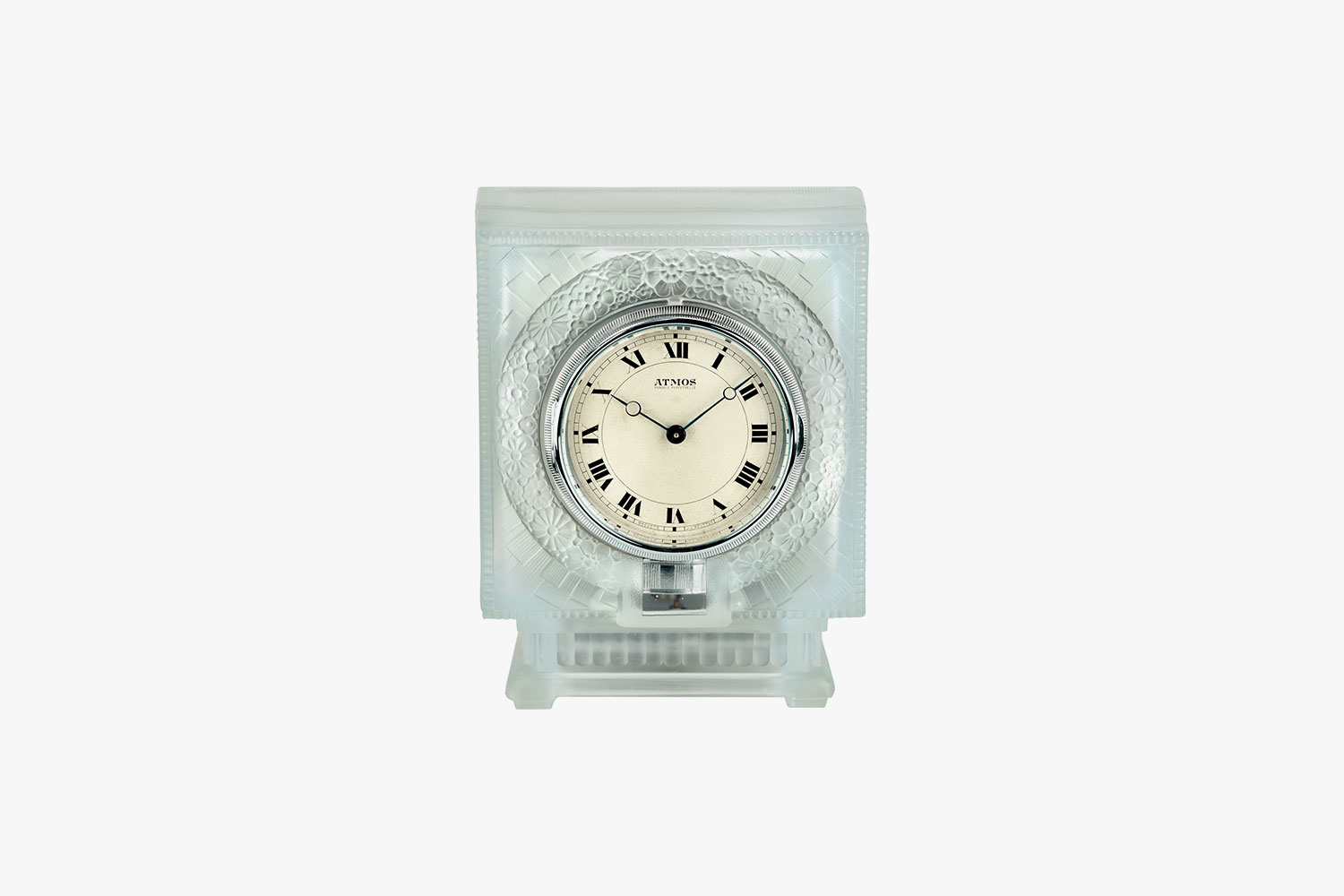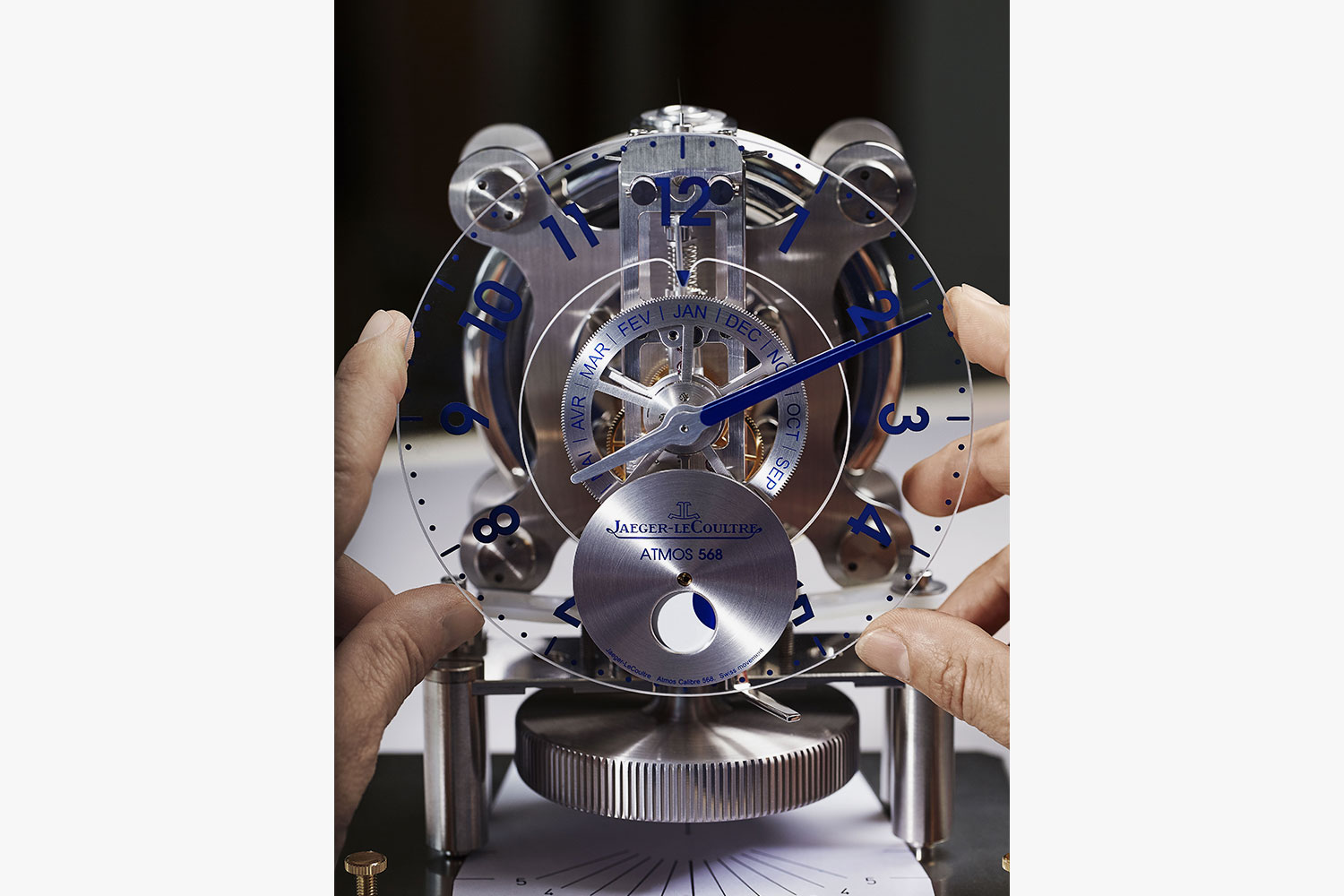 © Johann Sauty
© Johann Sauty
Jaeger-LeCoultre
WatchmakingThe origins of Jaeger-LeCoultre are inscribed within a rich watchmaking history of innovation and increasingly intricate creations. At the vanguard of watchmaking technologies, Antoine LeCoultre founded the first LeCoultre workshop in the Vallée de Joux in 1833, producing parts of unprecedented precision. The workshop became a family affair, with each generation breaking industry barriers. In 1880 Edmond Jaeger opened his first workshop in Paris devoted to realising his vision of creating precise speed-measuring mechanisms. This innate passion for quality and innovation naturally caused these two companies to gravitate towards one another and the Maison Jaeger-LeCoultre was born in 1937. Jaeger-LeCoultre preserves its heritage to this day through sophisticated and innovative designs.
TechniqueStoryWhat inspiration led to the creation of the Atmos clock in 1928? How were variations in temperature used to power it? The Atmos clock still surprises people today because of its inventiveness. Within a sealed capsule, a mixture of gases expands and contracts with each temperature change. Thus, the mechanism winds naturally, without any human intervention. The subtle union between the classic and the modern is the secret to the Atmos collection’s timelessness. Its unique design allows the observer to see the complexity of its calibre from all angles. It is a tribute to the very first Atmos clock and its avant-garde nature. From Art Deco through to contemporary art, the rare crafts and complexities of watchmaking, the Atmos has always kept up with the times, while maintaining its soul thanks to the reinterpretations of great designers working together with Jaeger-LeCoultre.
Objects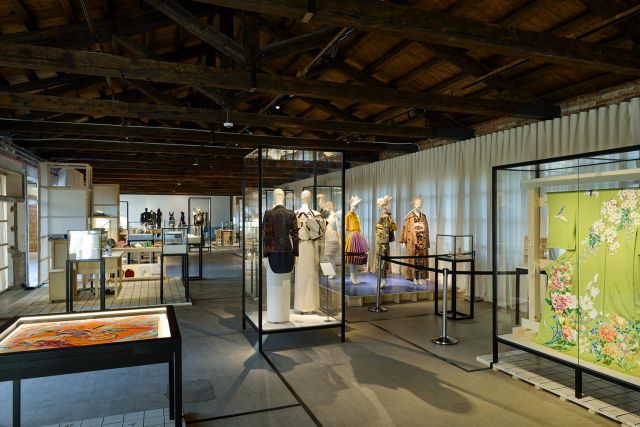 Details: Genealogies of Ornament Exhibition
Contact
Details: Genealogies of Ornament Exhibition
Contact
Switzerland
www.jaeger-lecoultre.com




